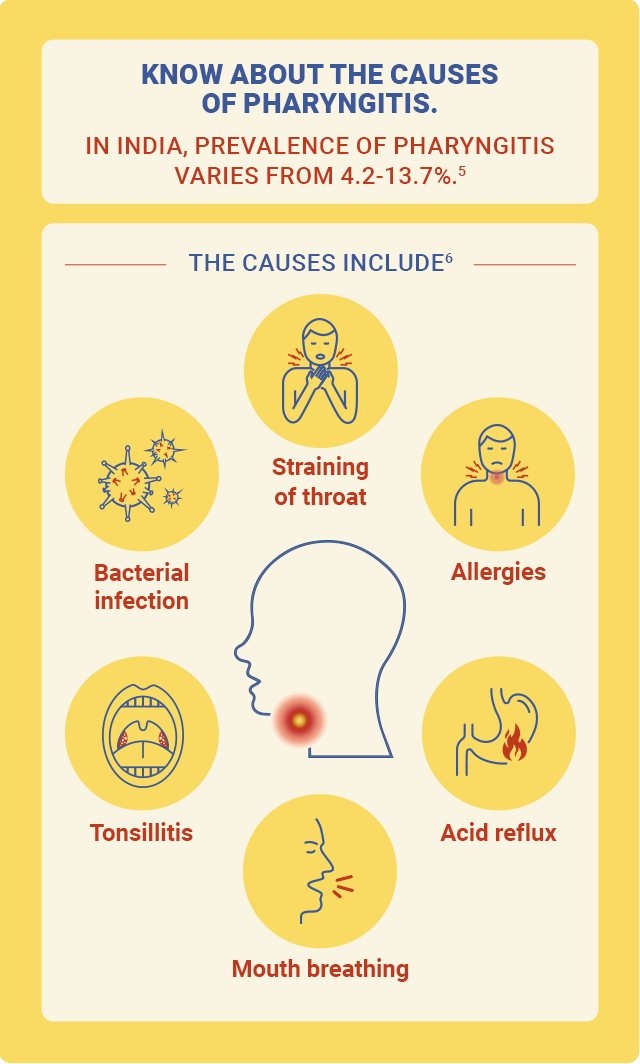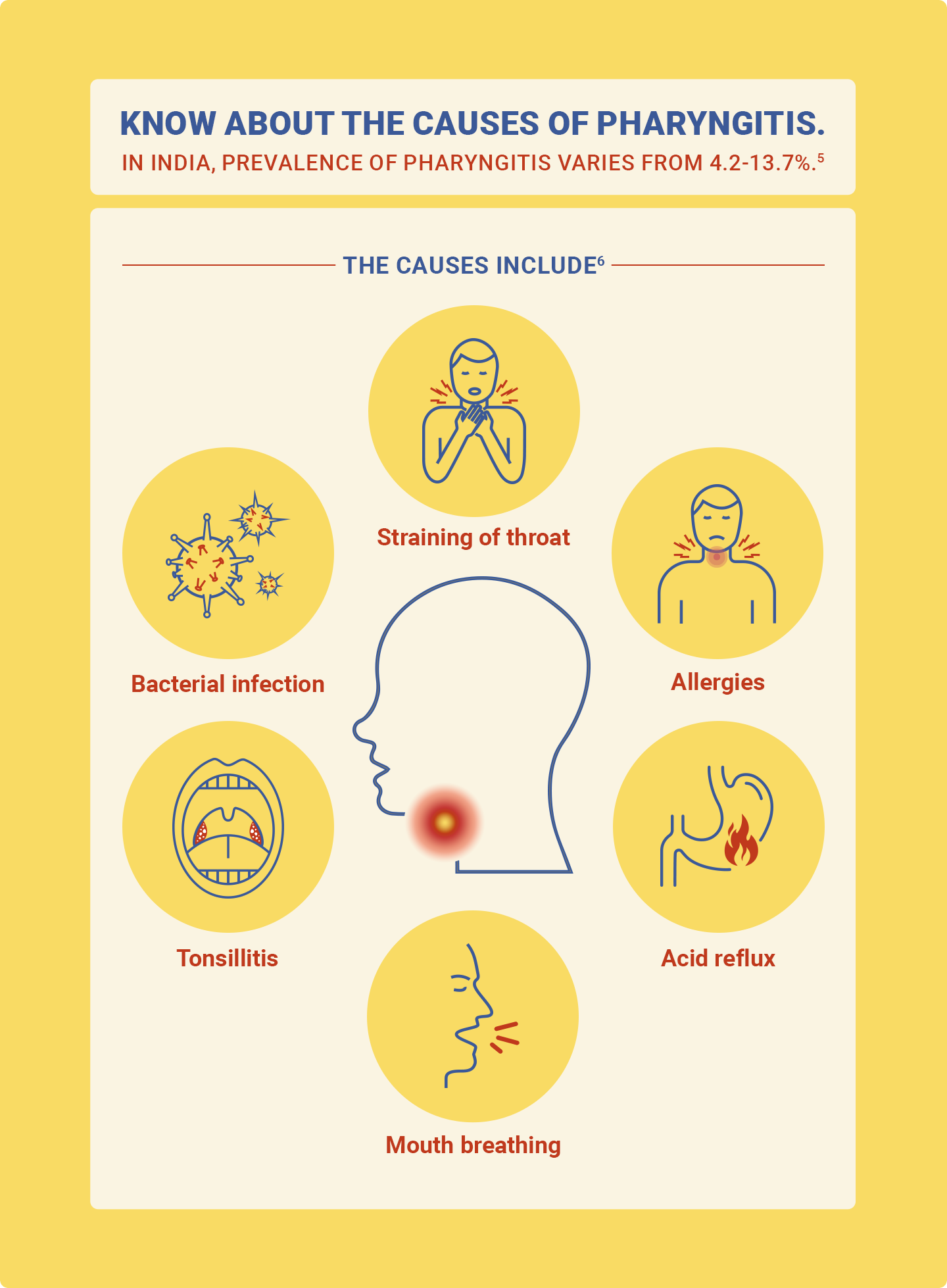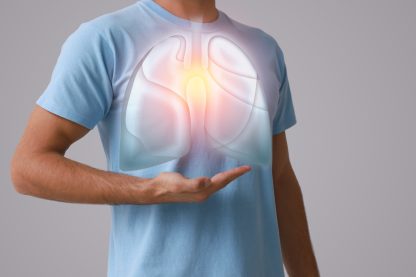Upper Respiratory Tract Infections
4 min read
What is Respiratory Tract Infection?
A respiratory tract infection impacts the respiratory system, the part of your body in charge for breathing. These infections can impact your sinuses, throat, lungs or airways. There are two types of respiratory infections:1
- Upper respiratory infections
- Lower respiratory infections
What is an Upper Respiratory Infection?
These infections impact your sinuses and throat. Upper respiratory infections consists of:1,2,3
- Common cold: It can be defined as inflammation of the nasal passages owing to a respiratory virus
- Pharyngitis (sore throat): Inflammation of the pharynx, caused by one of many different viruses and/or bacteria
- Sinusitis (sinus infection): Inflammation of the nasal mucosa and sinuses
- Tonsillitis: Inflammation of the tonsils, two oval-shaped pads of tissue at the back of the throat — one tonsil on each side
What is a Lower Respiratory Infection?1
A lower respiratory infection creates an impact on the airways and lungs. In general, lower respiratory infections stays longer and are comparatively more serious. These infections include:
- Bronchitis, a lung infection that results in coughing and fever
- Bronchiolitis, a lung infection that mostly impacts young children
- Chest infection
- Pneumonia
What causes Upper Respiratory Tract Infections (URTI)?1
You encounter an URTI when a virus (or bacteria) enters your respiratory system. For example, you might come in contact of an infected surface or shake hands with a person who’s sick. You then touch your mouth, nose or eyes. The germs from your hands enter and affect your body.
Risk factors1
- Children are found to be at higher risk since they are often with other children who may be carrying a virus
- Suffering from heart or lung problems
- Weak immune system due to some other disease
Symptoms of URTIs1
- Cough
- Fever
- Hoarse voice
- Fatigue and lack of energy
- Red eyes
- Runny nose
- Sore throat
- Swollen lymph nodes (swelling on the sides of your neck)
7 tips to prevent Respiratory Tract Infection1,4









